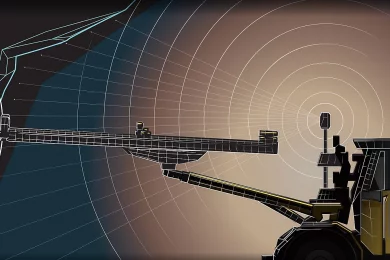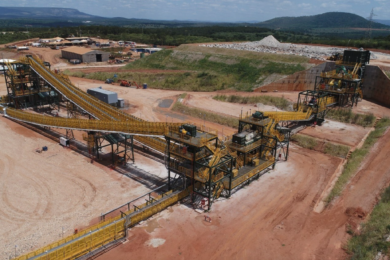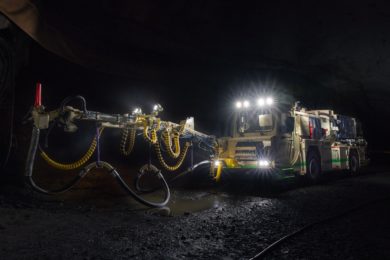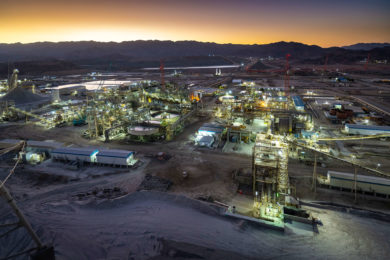Finding a solution for autonomous face drilling will be a major step toward fully automated underground mining. A collaborative project between equal partners Epiroc, Boliden, Algoryx and Örebro University that is scheduled to run until 2025 the partners say can hopefully come up with a working solution.
Epiroc states: “Face drilling is already automated in part, with rig control systems following digital drill plans. In practice, however, the face topography is seldom immaculate. More often than not, it is necessary for the operator to adjust the drill plan manually to compensate for various types of obstacles.”
“The success of the blast is very much dependent on the quality of the drilling. We are trying to figure out if an autonomous system can achieve results that are comparable with or better than those of experienced operators,” says Oskar Lundberg, Global Innovation Manager at Epiroc Underground division.
The idea is to equip a Boomer face drill rig with a laser scanner and an AI system to scan and analyse the face before adjusting and applying the drill plan. To teach the system to identify potential problems and decide what changes should be made to the drill plan, the project constructs a simulated environment for running the thousands of scenarios necessary for the trial-and-error process of machine learning. After simulation training, the system will graduate to an actual mine for final tests.
“The project has come a third of the way. As of now, we’ve entered an extremely active phase with a large number of ongoing activities. There’s full transparency between the partners, and we’re all focused on producing working solutions. As a bonus, we’re greatly increasing simulation competence within Epiroc,” says Lundberg. “Using a simulation is a much safer and quicker way to accomplish the task.”
To build the digital twin, an actual mine tunnel at Boliden is scanned, and the environment is then rendered in the Unity game engine. A large number of slightly randomised environments, including obstacles, are generated to provide different training scenarios. A digitalised version of the rig is inserted into the simulated environment, and a physics engine from Algoryx ensures that all forces affecting the rig are as close to reality as possible. A simulated laser scanner, with corresponding functionality to a real one, is added to the simulated rig.
Epiroc adds: “From the system’s point of view, it is vital that the simulated environment resembles an actual mine as closely as possible. The digital twin does not have to look exactly like a mine but it has to scan like one. The simulated laser scans the simulated environment, generating a point cloud which the system then analyses to look for potential problems and adjusts the drill plan accordingly. Another area that can benefit from machine learning is the autonomous control of the two booms on the rig; they need to learn how to move freely and precisely without colliding with either each other or the rock. After running and analysing different scenarios a few thousand times, the system should be ready for testing in an actual mine.|
“Using a simulation is a much safer and quicker way to accomplish the task – we simply cannot shut down a mine for the weeks or months necessary to train the system. This will hopefully enable us to greatly reduce the need for physical testing and also simulate scenarios that would be hard to set up in real life,” says Lundberg.
In summary, the project aims to enable autonomous face drilling, increasing safety by minimising human presence at the face. This requires expert AI systems to stand in for operator knowledge. Epiroc is leading and coordinating the project and is contributing machinery, manpower and expertise. End customer Boliden is contributing the operations and environment knowledge, testing and demonstration sites, as well as the evaluation of solutions. Algoryx is providing software development, simulation and Unity expertise, as well as AGX Dynamics, the physics engine. Örebro University is researching and developing the recognition and machine-learning algorithms.










